The Caucasus is home to an enormous environmental treasure. To ensure that it stays this way, KfW has been actively working in Georgia for thirty years. The protected areas located here are growing and the country is attracting tourists – a success story.
Europe's balcony - National parks in Georgia
Source: KfW / Thomas Schuch
Otar Tsamalaidze drives his car through rugged terrain. The off-road vehicle makes its way very slowly through Kazbegi National Park, using four-wheel to drive over boulders the size of medicine balls. But at some point, even Tsamalaidze can't go any further. The terrain continues to climb higher and higher until finally the ice, cliffs and heights of over 5,000 metres make it accessible only to the most experienced mountaineers. The summit of Mount Kazbek is known as the “Queen” in the surrounding villages. The way the “Queen” is talked about, one might think she was a person. “The Queen is sad because you were naughty,” they tell the children when the mountain is covered in clouds. And when the rocks and ice fields shimmer in the sun, they say, “The Queen is smiling because she loves you.”
Tsamalaidze is the head ranger at Kazbegi National Park in Georgia, and he attaches great importance to ensuring that the natural environment around Mount Kazbek remains as it is. Kazbegi Park is subject to the rules of the IUCN, the International Union for Conservation of Nature, which bar any technical progress here. According to the IUCN, national parks are “large natural or near natural areas set aside to protect large-scale ecological processes, along with the complement of species and ecosystems characteristic of the area”. Which is why Tsamalaidze fights poaching with twelve colleagues, helps mountain hikers to find the right trail and repeatedly stops his off-road vehicle to fill rubbish bags with plastic bottles left lying around by these same tourists.
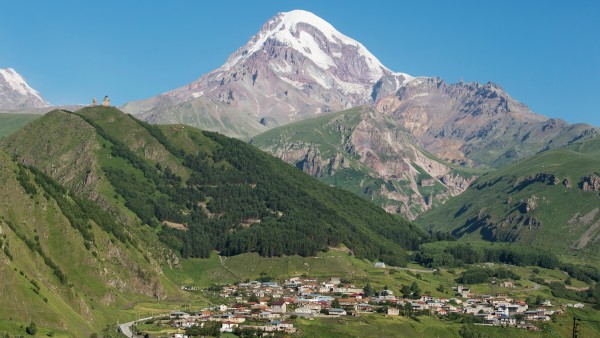
”THE QUEEN“ WATCHES OVER HER VILLAGE
Mount Kazbek, 5,047 m, with the 1,300 inhabitant village Stepanzminda at its feet.
KfW was involved when a number of nature conservation areas were established in Georgia just over ten years ago. Together with the Federal Ministry for Economic Cooperation and Development (BMZ) and the nature conservation organisation WWF, KfW considers the Kazbegi protected area to be a valuable part of the Caucasus ecoregion, which covers the states of Georgia, Armenia and Azerbaijan, and has a unique blend of the fauna and flora from Asia and Europe, and even from the Middle East and North Africa. It is one of the 25 regions with the highest levels of biodiversity in the world. With 6,500 plant species, 400 different birds, 150 mammals, 150 fish species and 80 different reptiles – this treasure is as rare as it is worthy of protection. Ten per cent of the area of the Caucasus ecoregion is protected by law; in Georgia the percentage is also set to be considerably increased, not least at KfW's urging. For about twenty years the Germans have been providing money and good advice for nature conservation efforts, especially in Georgia, and it is apparent how successful their work has already been. “It is impressive that nature conservation is being pursued so ambitiously in Georgia,” says Frank Mörschel, the project manager responsible at KfW Development Bank. “But we also have to help manage the protected areas effectively later on.”
Read more under the gallery.
The guardians of the wilderness
Together with his ranger Vladimir Valishvili, National Park Director Otar Tsamalaidse (back) fights poaching in Kazbegi National Park, shows hikers the way and ensures cleanliness in the region.
In order to finance this aid and the maintenance of the protected areas, the Caucasus Nature Fund (CNF) was founded, a German organisation which aims to ensure the long-term financing of the protected areas in the region. The organisation serves 17 different protected areas in the region, and on the tenth anniversary of the CNF in 2018, its President David Morrison said: “These areas are among the most valuable on the entire Eurasian continent.”
Only small businesses, traditional agriculture and sustainable tourism are allowed there. Oversized backpacks dot the slopes of the Kazbek; backpackers speak Georgian, French, Hebrew, English and German; cafés line the streets and rooms are available to rent in virtually every house in the village of Stepantsminda with its 1,300 inhabitants. At 1,700 metres, Stepantsminda is already pretty high up, and the 5,047-metre high Kasbek peak towers above everything, just like the Matterhorn above Zermatt. The only difference is that Kazbek, the highest peak in the Caucasus, is about 600 metres higher than the Matterhorn and a good 200 metres higher than Mont Blanc, the tallest summit in the Alps.
Is this still Europe or already Asia? Geographers don't even question the matter. Georgia is situated in Asia, between the Black and Caspian Seas. However, the people see themselves as Europeans; they have an ancient language and their own ancient script and more grape varieties than France, for example.
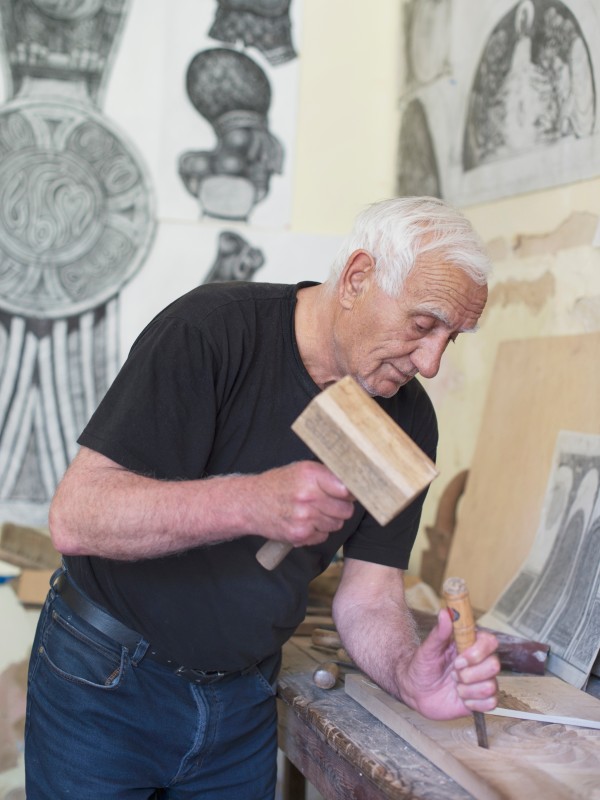
The wood carver
Bizina Snoweli draws his motifs on peach or walnut wood and carves them - sometimes with a hammer and chisel, sometimes filigree.
Kazbegi National Park is an example of all the things worth protecting. High alpine meadows, streams filled with fish, forests, the Kazbek glaciers. Golden eagles circle above, brown bears, wolves and lynxes hide in the forests, chamois and ibexes graze on the mostly steep slopes, and only two years ago a Caucasian leopard was spotted high up in the mountains, one of the rarest and most beautiful species, believed to be on the brink of extinction. A leopard, who would have thought. National park rangers immediately set photo traps everywhere. And their efforts were rewarded! However, the animal has not been seen again recently. It may have wandered over to Russia, disappeared into one of the huge national parks nearby – no one knows. The concept makes sense particularly when animals like the leopard can move from one protected area to another. Isolated populations soon suffer from inbreeding, which is why corridors linking not only national parks but also crossing borders into neighbouring countries must be created.
BMZ, WWF and KfW have therefore established the Ecoregional Corridor Fund programme, which aims to link protected areas with corridors over the next ten years and thus ensure the genetic exchange of species. A great deal of work is sometimes required to convince the local population when large predators such as bears and wolves are attracted as a result of conservation efforts.
The same thing happened when the individual national parks were established in Georgia in recent years. ”In the beginning, the local population was even aggressively opposed to the park projects,“ says Tsamalaidze, head of the National Park. Understandably so, as wolves, for example, often kill livestock such as cattle and horses. And cattlebreeders aren't compensated for their losses by anyone. Tsamalaidze: ”Traditionally, around ten per cent of herds fall to predators. But now that almost everyone is benefiting in some way from national park tourism, the tide has turned in favour of nature conservation.“
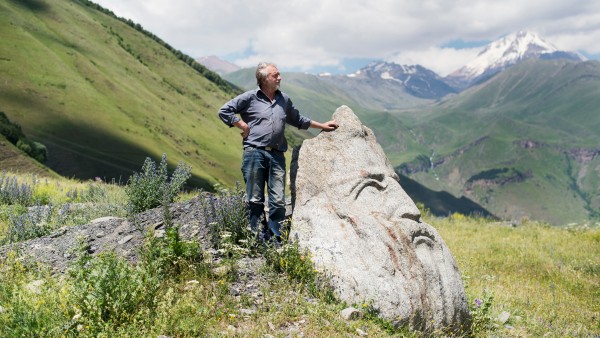
The sculptor
Merab Piranishvili is also benefiting from the region's tourist boom. He carved this mighty head of Christ from quartz, an extremely brittle material that hardly any other artist dares to use.
KfW support for small businesses in the protected areas has also contributed to this change. Thanks to funding from Germany, Giorgi Janukashvili, a small farmer from the village of Sno, has been able to acquire ten colonies of bees, whose honey he now sells to hotels. The woodcarvers Bizina Snoveli and Mindia Gudusauri are also benefiting. They make furniture, religious sculptures and mythical symbols in their small company. Sometimes just kitsch, too. KfW financed a set of machines for them that they could not have afforded on their own. In exchange, they teach a class of young carvers once a week. And they hug every German who enters their studio out of gratitude.
Kazbegi National Park covers 78,000 hectares. It is three times as large as the Bavarian Forest National Park, and protected areas cover 9.4 per cent of the Georgia's total area. This figure is only 0.6 per cent in Germany.
There is reason for optimism in the Caucasus. And so, Otar Tsamalaidze has already submitted an application to create five new ranger positions. The “Queen” will certainly acknowledge this with a smile.
Published on KfW Stories: 16 August 2018, updated: 10 June 2025.
The described project contributes to the following United Nationsʼ Sustainable Development Goals
Goal 8: Promote inclusive and sustainable economic growth, employment and decent work for all
The economic growth of the past decades has come at the expense of natural resources and the global climate, and has long since reached ecological limits. If all people were to be given access to the quality of life that people accept as a matter of course in Germany, several planet Earths would be required to sustain it. Sustainable economic development reconciles social, ecological and economic development goals.

All United Nations member states adopted the 2030 Agenda in 2015. At its heart is a list of 17 goals for sustainable development, known as the Sustainable Development Goals (SDGs). Our world should become a place where people are able to live in peace with each other in ways that are ecologically compatible, socially just, and economically effective.

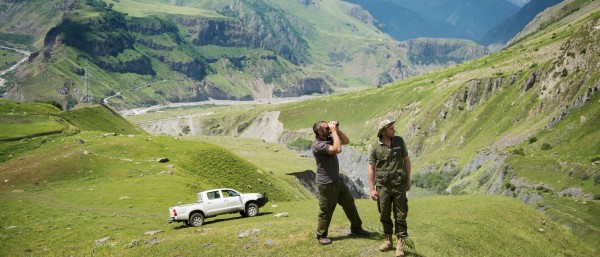
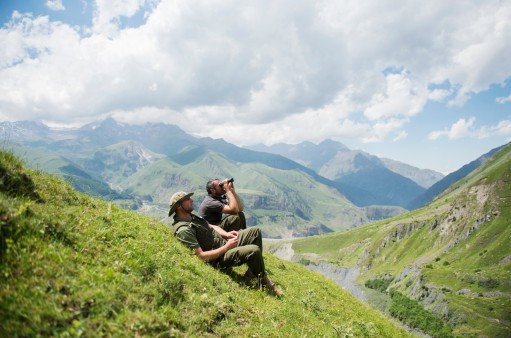
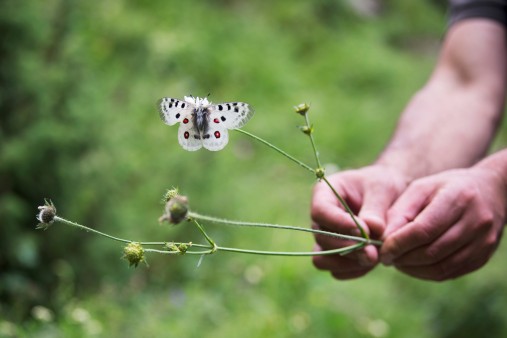
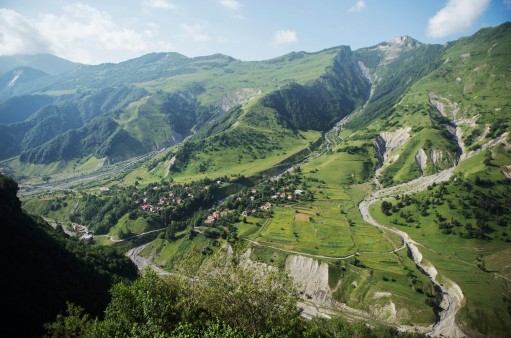
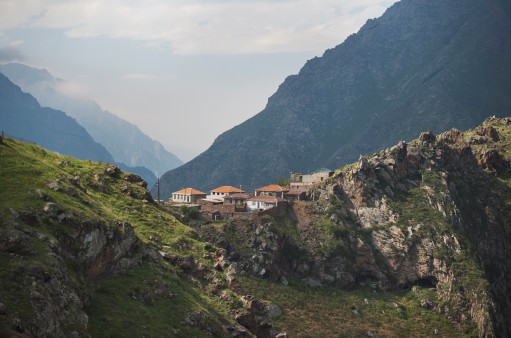
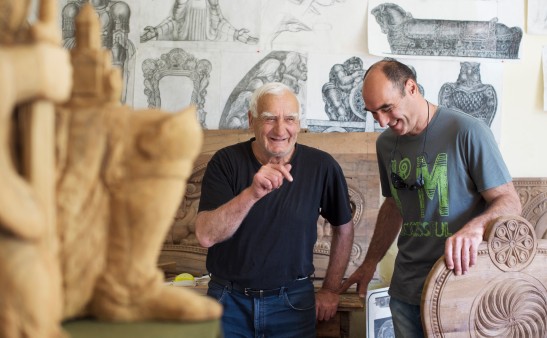
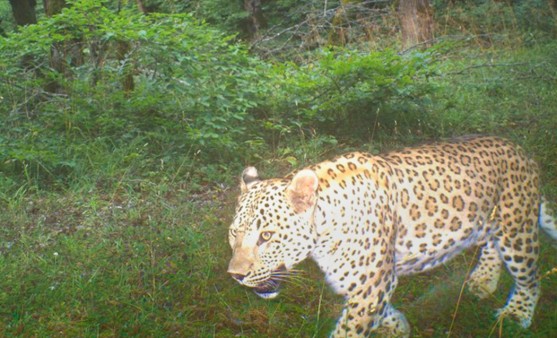
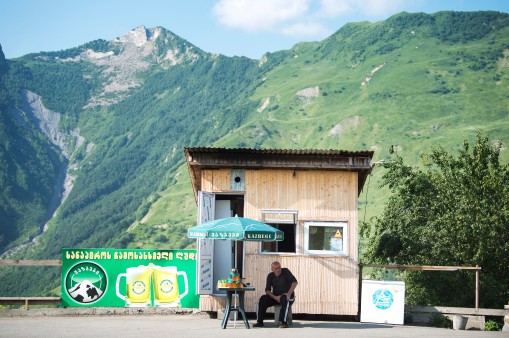
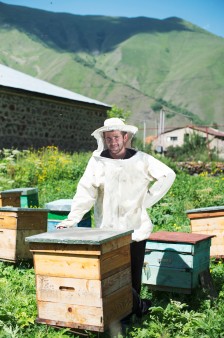
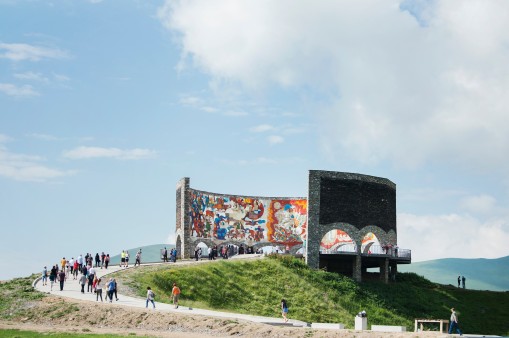
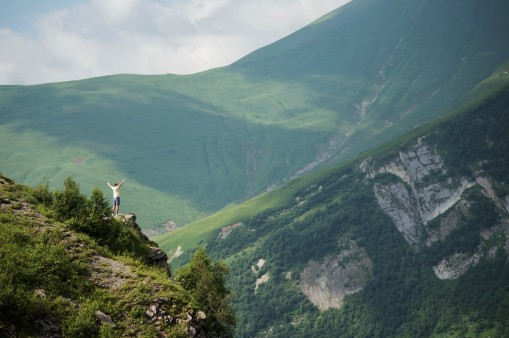
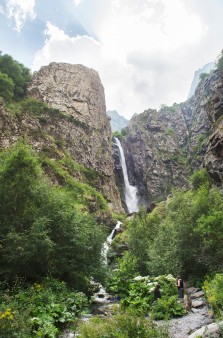
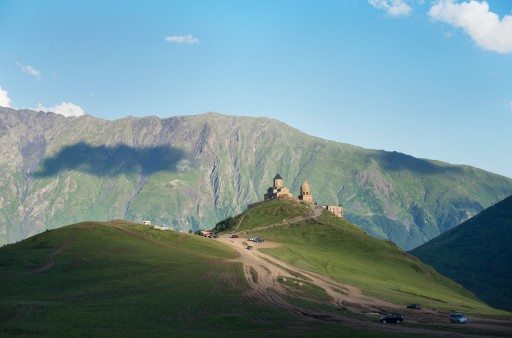
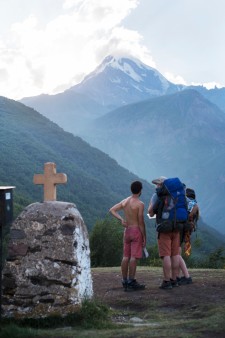
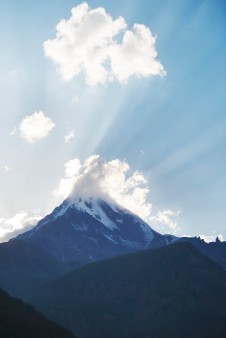














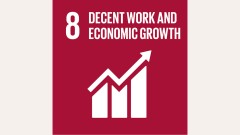
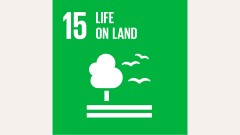

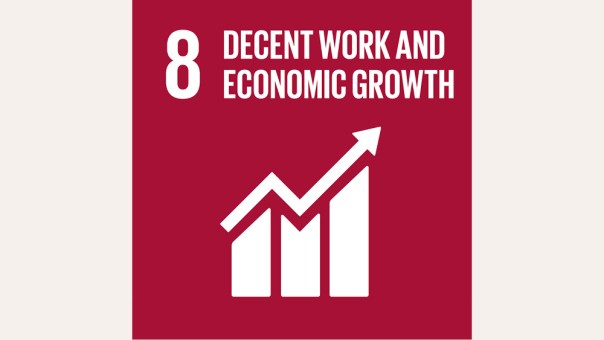
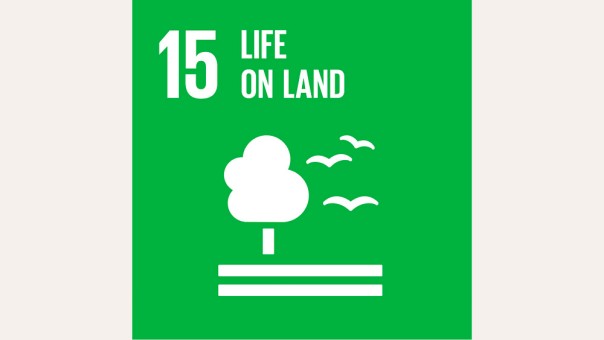

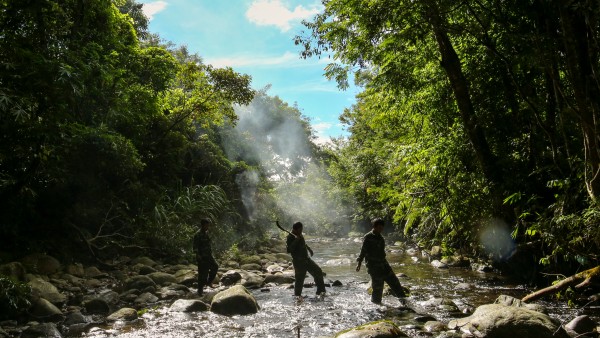
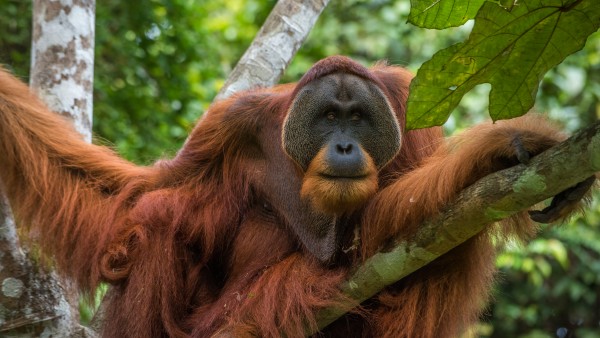
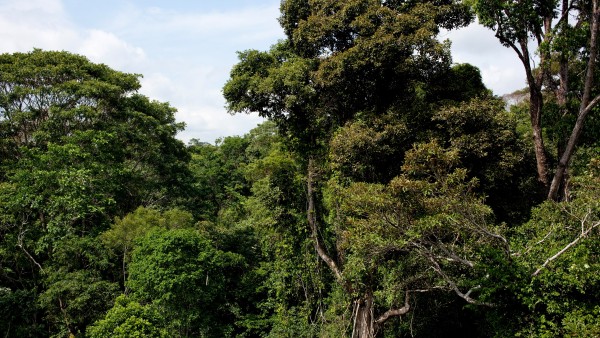
Data protection principles
If you click on one of the following icons, your data will be sent to the corresponding social network.
Privacy information